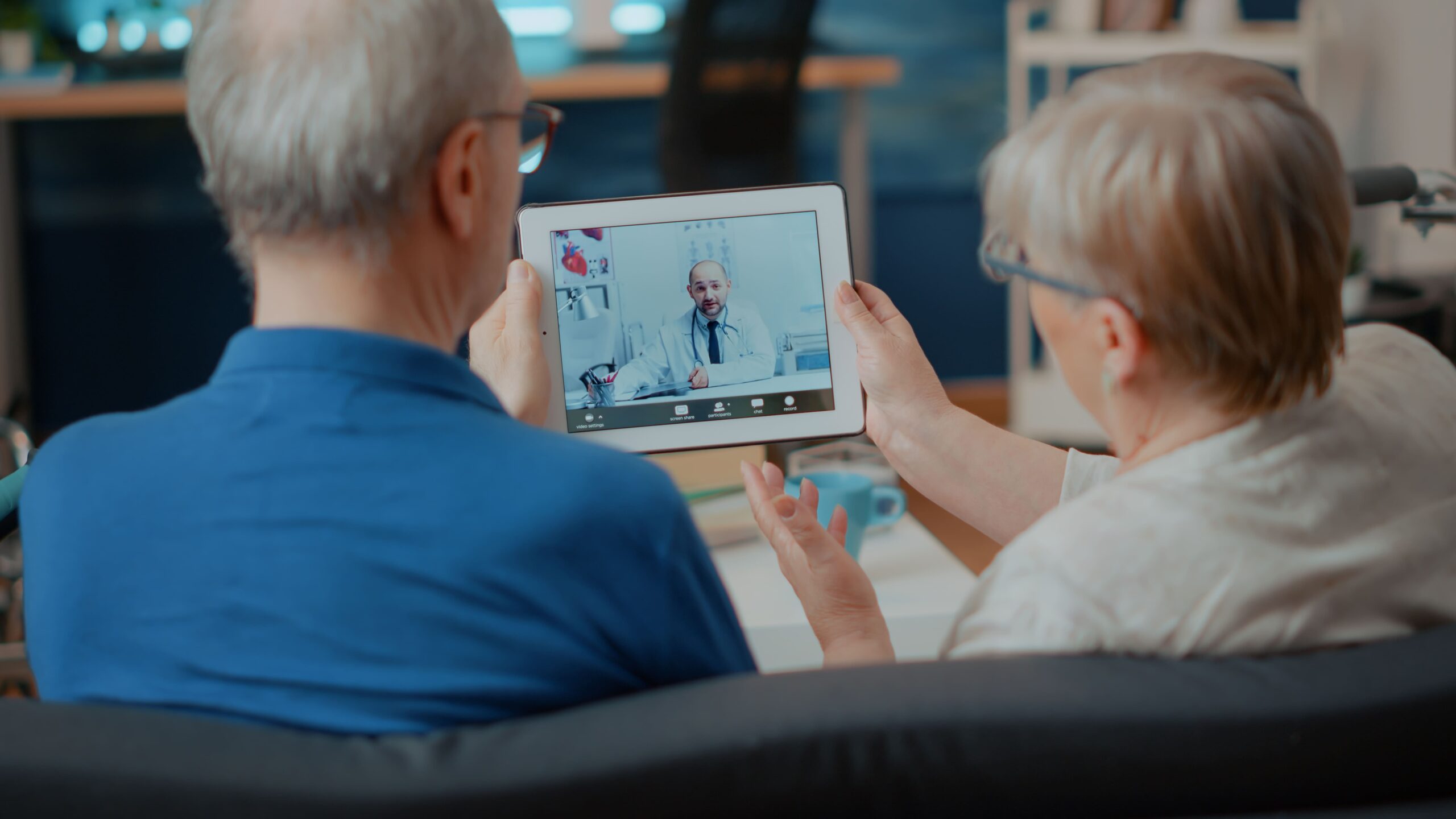Telehealth has rapidly changed how we access medical care, offering convenience, accessibility, and safety—all from the comfort of home. Yet despite its growing popularity, telehealth myths continue to prevent many patients from giving virtual care a try. In this post, we’ll unpack the most common virtual care misconceptions, share real telemedicine facts, and offer telehealth tips to help you make informed decisions for your health.
Myth #1: Telehealth Is Only for Minor Issues
Reality: While telehealth is ideal for non-emergency conditions, it can handle more than just sniffles or rashes. From chronic condition management to mental health support and medication refills, virtual appointments cover a wide range of health needs.
For example, chronic diseases like diabetes and hypertension can be managed via regular virtual follow-ups, saving time and reducing the need for in-person visits.
📍 Read more: How Telehealth Is Revolutionizing Primary Care
Myth #2: You Can’t Build a Real Relationship With Your Doctor Online
Reality: A strong doctor-patient relationship is built on communication—not location. In fact, many patients feel more at ease discussing their health from the comfort of home. Telehealth also encourages more frequent check-ins, which can strengthen long-term care continuity.
Plus, virtual care platforms now allow you to see the same provider regularly, ensuring familiarity and trust.
Myth #3: Virtual Visits Are Less Accurate Than In-Person Appointments
Reality: While some conditions require physical exams or tests, many diagnoses rely on history-taking and symptom discussion—things telehealth handles very well. Providers can also order labs, imaging, or prescriptions after a virtual visit, just like they would in person.
Advanced tools like remote patient monitoring (RPM) now even allow patients to share real-time vitals and health data with providers from home.
🔗 Learn more: Telehealth and Remote Monitoring for Pediatric Care
Myth #4: Older Adults and Children Can’t Use Telehealth
Reality: With proper guidance, people of all ages can benefit from virtual care. Pediatric telehealth is now a standard offering at many clinics, providing parents with fast answers to common childhood illnesses. Likewise, older adults often prefer video visits for managing medications or routine check-ins—especially when mobility is a concern.
📍 Explore: Understanding Pediatric Urgent Care Services
Myth #5: You Need Fancy Tech to Use Telehealth
Reality: Most telehealth visits only require a smartphone, tablet, or computer with a camera and internet. Many platforms offer browser-based access, so there’s no need to download special apps or own expensive equipment.
If you can join a video call, you can access telehealth.
Myth #6: Telehealth Isn’t Covered by Insurance
Reality: Since the COVID-19 pandemic, most insurance providers—including Medicare and Medicaid—now cover telehealth services. Coverage varies slightly by plan and provider, but telehealth is no longer a luxury—it’s a recognized, reimbursed form of care.
Always check with your insurer or your clinic’s front desk before scheduling.
How to Make the Most of Your Telehealth Appointment
Here are a few quick tips to ensure a smooth experience:
- Choose a quiet, well-lit location.
- Use headphones for better audio clarity.
- Keep a list of your symptoms and questions.
- Make sure your device is fully charged or plugged in.
Want a more detailed guide? 📍 Read: What to Expect During a Telehealth Appointment
Why Choose PCC for Virtual Care?
At Priority Care Clinics, our telehealth services are fast, reliable, and trusted by families across the region. Whether you’re managing flu symptoms, seeking mental health support, or checking in after a previous visit, our team is here to provide expert care—wherever you are.
Our virtual services are:
- HIPAA-compliant and secure
- Easy to schedule and join
- Staffed by experienced, compassionate providers
Final Thoughts
Telehealth isn’t a trend—it’s a trusted tool in modern healthcare. Don’t let outdated information hold you back. By understanding the facts behind telehealth myths, you’ll be better prepared to use virtual care with confidence and ease.




